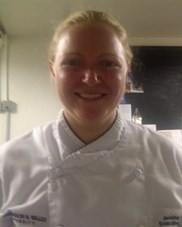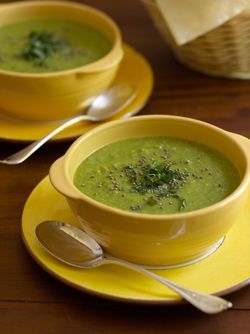What Will It Take to Make School Foodservice Healthy?
Sunday, 03 June 2012 07:39
 There are many different ways that healthier options can be made available to students in school cafeterias. It is up to culinary educators to take action and make these changes happen.
There are many different ways that healthier options can be made available to students in school cafeterias. It is up to culinary educators to take action and make these changes happen.
By Jenni Schouppe
Trying to offer more healthy options and choices for school lunches has become a hot topic across the country. The big question has become: How can schools do this with the amount of money and funding they receive to run their foodservice? What can we do as educators to help make this change?
As childhood obesity rises in this county, it has become imperative that more healthy choices be made available to students in the school foodservice. To make this happen, it is also imperative that staff, students and families become educated in how to make this happen.

 Giuseppe Ricciardi took a big risk by opening a second operation next to the longstanding Fairfax favorite he’d owned since 1994. But that bet, like his other restaurant ventures, is paying off.
Giuseppe Ricciardi took a big risk by opening a second operation next to the longstanding Fairfax favorite he’d owned since 1994. But that bet, like his other restaurant ventures, is paying off. Continuing the theme of “connecting” from last month, this month Dr. Mayo asks us to consider the value of the four Ps.
Continuing the theme of “connecting” from last month, this month Dr. Mayo asks us to consider the value of the four Ps. Here are the first five of 10 critical things you must teach your students if you truly want them to earn gainful employment.
Here are the first five of 10 critical things you must teach your students if you truly want them to earn gainful employment. Thai Fresh Pea Soup is merely one delicious creation that capitalizes on the fresh bounty of the season.
Thai Fresh Pea Soup is merely one delicious creation that capitalizes on the fresh bounty of the season.